Bioidentical Progesterone Capsules vs Cream?
Progesterone is often used in hormone replacement therapy. It is used for women of all ages, from teens to postmenopausal. Bioidentical progesterone is safe and effective for symptoms of hormone imbalance such as PMS, Perimenopause, and Menopause.
Often there is confusion over using a progesterone cream or capsule. Some say that cream is better. Others say that progesterone capsules are better. Either way, both are good, it depends on the hormone goals, the person, and the symptoms they are trying to resolve.
What Progesterone is not: One main issue that needs to be clarified, synthetic progestins are not bioidentical. These include Progestin, birth control pills, Provera, Depo-Provera (medroxyprogesterone) injection, oral Micronor, Nor-QD (norethindrone).
For this post, I am talking about bioidentical progesterone capsules vs cream. Progesterone that looks exactly like the progesterone we make in our bodies. Often, progestins get passed off as being the same as bioidentical progesterone. The synthetic progestins are 180 degrees different from bioidentical progesterone. Progesins often have undesirable side effects such as wegiht gain, where as bioidentical progesterone capsules or creams tend to be very well tolerated with minimal side effects.
Oral Forms of Progesterone:
There are several forms of oral progesterone:
Instant release compounded micronized progesterone capsules: Compounded medications will come from a compounded pharmacy. Instant release capsules, upon oral ingestion will go instantly into your bloodstream. You can make any dose you want with a compounding pharmacy. I have had compounding pharmacies make as low at 12.5mg of progesterone capsules.
Sustained release compounded micronized progesterone capsules: I used sustained release more often than instant release progesterone oral capsules. Oral progesterone is relaxing and good for sleep. Sometimes the instant release can make a woman quickly tired after taking it. Many women with low progesterone have trouble staying asleep. They find themselves waking multiple times a night. Or they wake up in the middle of the night for hours. The sustained release helps a woman stay asleep throughout the night.
Prometrium capsules: Prometrium is a bioidentical progesterone that is commercially available. Meaning you can get it from your local big box pharmacy. It is bioidentical, is not a progestin and it is not synthetic. Prometrium is made from peanut oil. You do not want to take progesterone if you are allergic to peanuts. Prometrium is an instant release oral progesterone. Meaning when you ingest it, it is immediately released into your bloodstream. Prometrium only comes in a 100mg or 200mg capsule. These two doses puts limitations on dosing for a woman with low progesterone. If they do fine with 100 or 200 mg instant release and are not sensitive to peanuts, Prometrium is fine for them. Often I might cycle different doses of progesterone in the month. Some women need a lower doses such as 75 mg or in between at 125-150 mg capsules.
Progesterone creams:
I prescribe progesterone creams through a compounding pharmacy. There are over the counter progesterone creams available from many different companies. I am not familiar with all the companies that have progesterone available without a prescription. I cannot comment on a particular brand of progesterone cream. For this post, I am going to talk about my experience using progesterone creams from a compounding pharmacy.
Progesterone creams from a compounding pharmacy can come in any dosing you need. Most do not go any higher than 200mg per gram with 100mg per gram being the most common. They will come in little jars with spoons, in pumps and clickers to dispense the cream. I do like the topiclick containers. As they are easy to see when you are running out. Are not exposed to the air so will stay free of dirt and debris. And you can travel with them.
Progesterone creams are absorbed through the skin, called transdermal. When you apply a cream, you want to make sure you do not share it with anyone else. If you apply your progesterone cream to your inner arms, you have the potential to get it on others. If you carry a baby, let your dogs lick you or give hugs, these are all ways you can transfer your progesterone to others. If you apply it to your bum and sit on the toilet seat, others will inadvertently absorb your progesterone. Again, with creams, you must be careful not to share it. You can apply your progesterone cream to your inner thigh. The inner thigh usually is a safe place that you do not have to worry about getting the cream on others.
Not everyone absorbs the transdermal creams the same. Some people have thicker skin, and others do not absorb creams. If that is the case, your compounding pharmacy can add a little DMSO to the cream. DMSO easily passes through membranes. Meaning it can help carry hormones through the skin. Just make sure your skin is clean before you apply your progesterone cream that had DMSO added to it. Do not combine your own over the counter progesterone cream with DMSO that you bought separately. It is a specific process for the compounding pharmacy to combine a very very very small amount of DMSO to the progesterone. And it is even more specific to make sure the DMSO is fully immersed and mixed with the progesterone.
Whether you use a bioidentical progesterone capsule or cream depends on your goals. When using HRT every female has different goals. Progesterone BHRT is common for menopausal symptoms with estrogen. Some use progesterone for heavy bleeding or for mood. Below is a list of symptoms that progesterone is helpful for:
- Menopause
- Perimenopause
- Mood
- Heavy bleeding
- Irritable
- Trouble staying asleep
- Anxiety
- Midcycle spotting due to low progesterone
- First 8-12 weeks (9 weeks) of pregnancy for low progesterone
- Teens
- PMS
- PCOS
The number one reason you would use a capsule over a cream: If a woman is on estrogen therapy and has a uterus, you must use a progesterone capsule. Estrogen therapy is great for menopause and low estrogen symptoms. But if you are taking estrogen and have a uterus, you must take a progesterone capsule. Estrogen likes “to grow things”. Estrogen will grow the breast tissue and specifically the uterine tissue. If you are taking estrogen without a progesterone capsule that can cause the uterine tissue to grow. This puts you at a risk for uterine cancer and bleeding.
Progesterone cream is not enough to keep the uterine tissue from growing when taking estrogen therapy. Whether that estrogen is a oral, cream, sublingual troche or pellet. Progesterone cream is not protective enough for the uterine tissue. Progesterone cream bypasses the digestion and goes right into the bloodstream and can be quite strong. The cream can be stronger than the capsule in certain respects. But it is the progesterone capsule that specifically targets the uterine lining to keep it thin. I know this from experience. I am going to give you two examples:
Berta was a patient of mine that discharged herself from my practice. We were still on good terms, but she wanted to go a different direction. She emailed me a few years later, saying she was feeling good and was working on getting rid of her fibroids. She was seeing her gynecologist and receiving hormone therapy from that doctor. But she was not getting a lot of answers from her gynecologist and recently she was have a period. Now Berta was in her late 60’s and really should not have had any symptoms of bleeding and fibroids. But she really like the “serums” she was taking and the bleeding was suppose to reflect the fibroids leaving her body. In her email, she was also using an estrogen-only vaginal ring prescribed from her gynecologist.
I knew Berta had a uterus and thought this might be suspicious. I suggested she come in and let me do a pap smear and talk about her bleeding and other directions that might also help. I never looked into the ‘serums’ but the estrogen-only ring she was taking caused her uterine lining to thicken up so much that she was bleeding. After her pap smear came back with ‘malignant cells’, I sent her to a gynecologist surgeon, I knew. Berta has uterine cancer. Thank goodness the cancer was only in the uterus. But she had to have her ovaries, uterus and cervix (full hysterectomy/oophorectomy) removed.
Mandie came to see me for a second opinion. She was in her late 60’s and was on BHRT. She was on a biest (estriol and estradiol) and progesterone cream from another BHRT doctor. It was combined together, and she took it twice a day. She had taken it for two years and then she started bleeding. She then had a transvaginal ultrasound and a biopsy that showed cells of undetermined significance. That means the cells do not show cancer. But (big but), it does not rule out that she doesn’t have uterine cancer.
Upon Mandie’s abnormal uterine bleeding, her doctor discontinued her hormone prescription and discharged her from the practice. Now I only know Mandie’s side and do not want to judge or speculate. I told Mandie not to take any hormones from the other doc and send her to a specialist at UCLA. It turned out that she had uterine cancer, the very earliest of stages. I cannot stress the importance of progesterone capsules when on estrogen therapy to keep the lining of the uterus thin.
What about if a woman doesn’t have a uterus and is getting BHRT? I still think if a woman is getting any kind of estrogen therapy, she needs progesterone. Even if she has had had a hysterectomy and no longer has a uterus. Depending on the symptoms, you could combine her estrogen cream with progesterone together. It keeps the process of taking her hormones easier and more cost effective to keep it together as one cream.
Women in the first few weeks of pregnancy can have low progesterone. Often they will take an oral form of progesterone until the placenta is fully implanted. Usually, 200 mg of progesterone at night is sufficient. Although that may not be enough progesterone. In that case, I have them use a progesterone suppository in the morning and the progesterone capsule at night.
Progesterone capsules can make you sleepy. Progesterone taken at night can help you sleep well. Taking a sustained release progesterone capsule can help you stay asleep through the night. But if you take a progesterone capsule in the morning, that can make you tired. I may occasionally subject a pregnant female with a progesterone vaginal suppository if they need more progesterone in the early weeks of pregnancy.
I had one patient call me on my emergency line on a Saturday. She said she was slurring her words. Felt like she couldn’t balance well. She said she felt like she drank two glasses of wine, and it was 10:00 in the morning. I asked her if she took her 100 mg progesterone capsule this morning. She mistook her progesterone for her thyroid that morning. Needless to say, I had the pharmacy color coat her thyroid a different color from the progesterone.
You cannot take a progesterone capsule in the morning because it can make you tired. You have the option of taking progesterone cream. Progesterone cream has a much less tendency of making you tired like a capsule. Progesterone is also very helpful for anxiousness and mood. Taking a cream in the morning is helpful for low progesterone symptoms without making your tired.
Progesterone itself can be helpful, especially for mood and PMS. During a female menstrual cycle, we make progesterone the last half of the cycle (day 14-28). It is during this time if progesterone is low, can cause PMS symptoms. Taking progesterone during PMS can help with the symptoms. Sometimes I will even combine the capsules with cream. A capsule at night to help with sleep and a cream in the morning to further help with mood.
Remember I mentioned progesterone capsules can help keep the lining thin when taking estrogen therapy? Well, because progesterone has such an affinity for the uterus, you can use it for heavy bleeding. Perimenopausal women have a tendency toward heavy periods if they have low progesterone. That is because their estrogen levels are fine, but the progesterone levels are lower, promoting Estrogen-Dominance. This Estrogen-Dominance ends up causing a thicker lining of the uterus, hence heavy periods. Taking progesterone in a capsule form can thin the lining.
This lightens up the periods, so they are not so heavy every month. If you are interested in more information on Estrogen-Dominance, see our article: What Does Estrogen Dominance Feel Like.
When a young teen gets her period, commonly the progesterone is low. Symptoms are moody, munchie, weight gain, puffy, irritable, tired and period irregularities. Treating a teen with progesterone can be helpful for these symptoms. In the case of a teen, I find the progesterone cream works very well. It can help with the mood and the heavy frequent periods.
For example, Katie was a 16-year-old patient of mine. Her first period was at 14 years of age. She was experiencing terrible symptoms. She and her parents came to see me as a last resort before going on birth control pills. Katie would get a period that would last 21 days. Her periods were not that heavy or painful but would linger for weeks. She was also very emotional and moody. She would get mad at things, even she said were no big deal.
The progesterone cream worked great for her. It regulated her periods, so they were eight days long instead of 21. And it helped her mood, so she was less defensive and irritable. She only needed to apply the cream at night to her inner thigh. She was compliant and never missed any of the days she was supposed to use it. You worry that teens might forget to apply their progesterone cream. But Katie said she felt so well on it, that helped her to remember to take it.
One other option I prefer progesterone cream to the capsule is in rhythmic dosing. Some women do well on basing the progesterone dose as that of a cycling female. Women cycle their hormone in a 28-day lunar calendar. Using a progesterone cream will help you change their daily dose to follow that natural rhythmic cycle.
There is a lot to progesterone hormone therapy. There are capsules that come as an instant release or sustained release. There are progesterone creams, some with DMSO to help with absorption. Then there is the dose, a woman might cycle the progesterone or take a static daily dose. She might even just take progesterone certain days of the month. Some women might take both a capsule and a cream. It really depends on the woman’s BHRT goals and what her symptoms are. I know it might be confusing, so I hope this blog post helped explain some of the differences between progesterone cream versus the capsules.
If you have a personal story of your own about progesterone or BHRT treatment, all of us would love to hear it. Or, if you have any questions about progesterone capsules vs creams, please feel free to leave a comment below, or send us an email at [email protected].
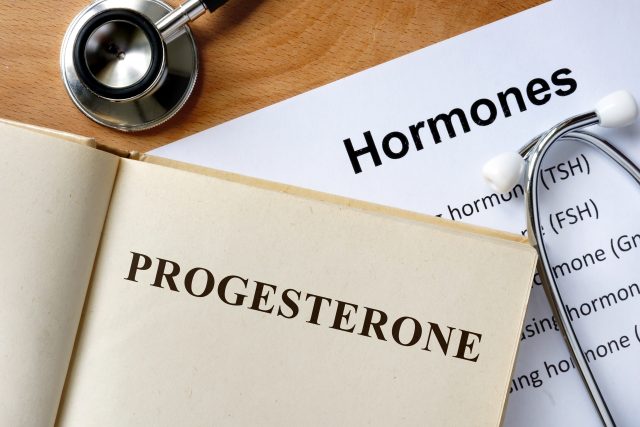
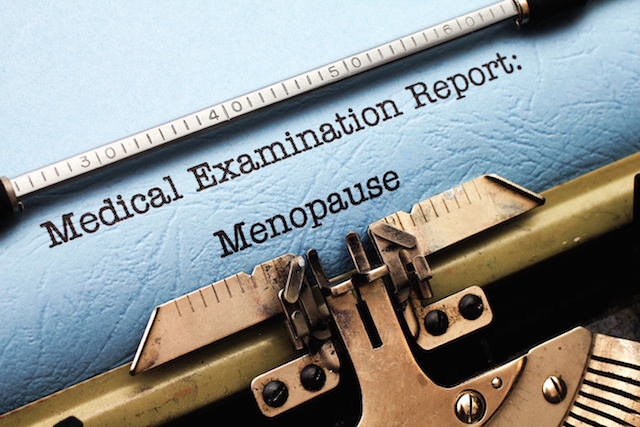
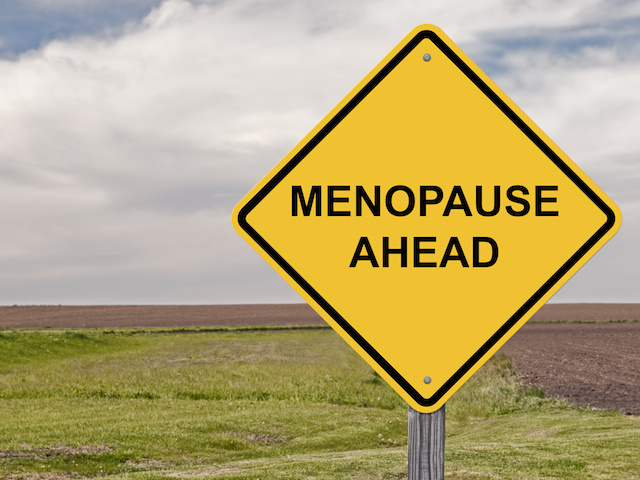
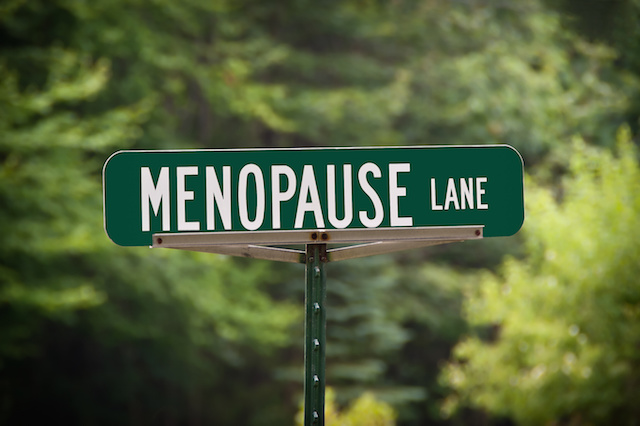







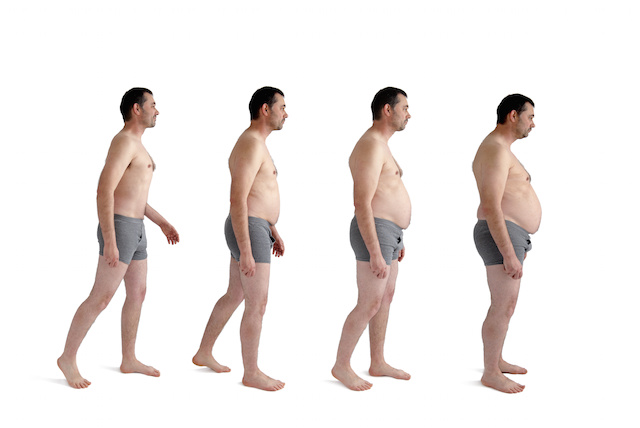









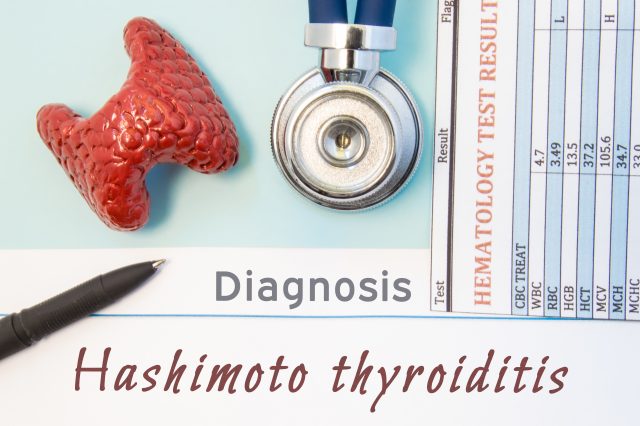





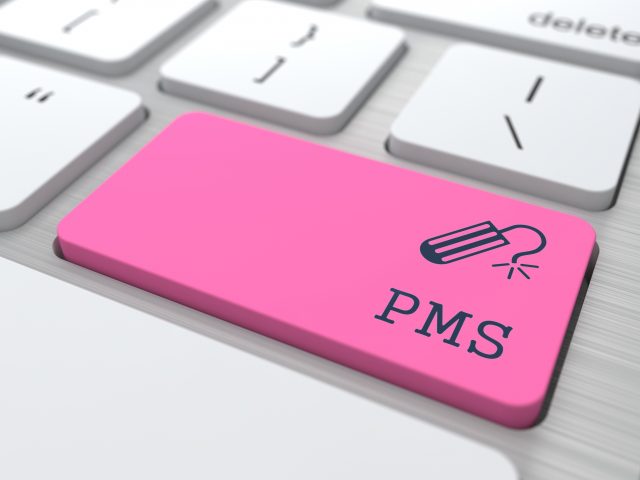
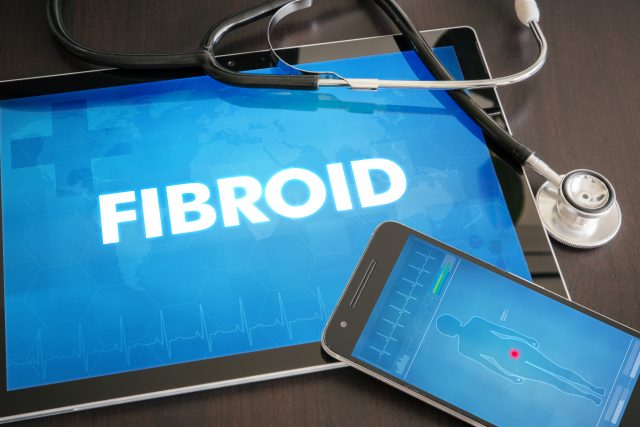





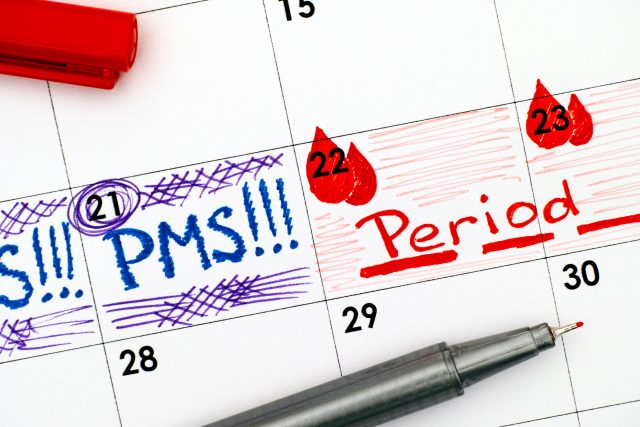




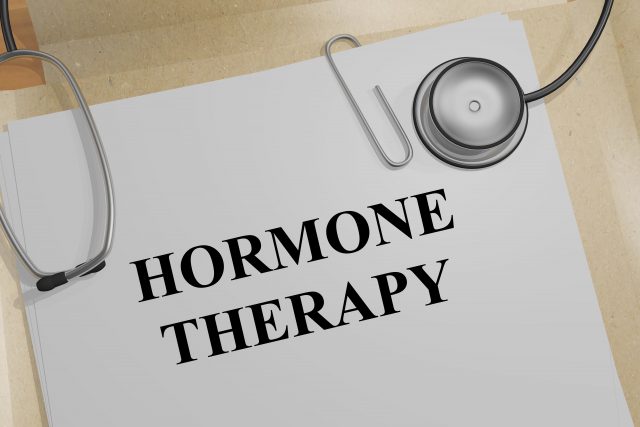






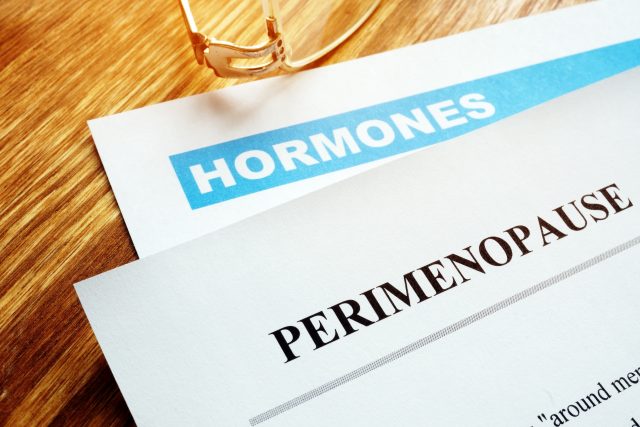
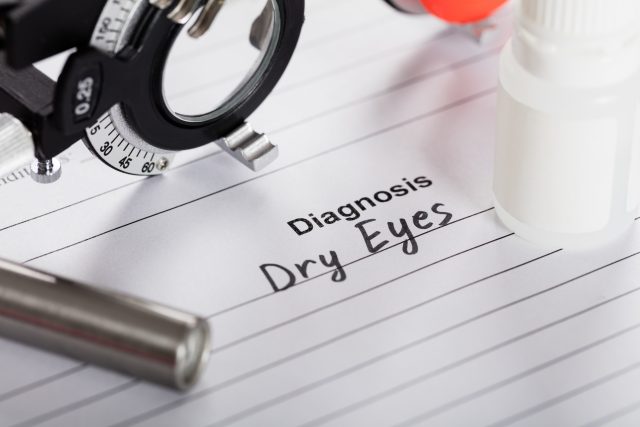


Hi, I was prescribed 200mg of Prometrium a couple of weeks ago to take on day 20-30 of my 32 day cycle. I ovulate around day 16. Day 20 was the night before our vacation, and after reading some potential side effects, I decided to wait until this next cycle to take them for the 10 days. They think I have PCOS so I’m hoping it’ll make it easier to lose weight. My main concern are the potential side effects of the pills. Do you think using the cream is significantly better/less side effects than taking the 2 pills at night? I’ll also have a few drinks on the weekend and didn’t know how that would interact with the pills as well. I have about 2 weeks to decide which I want to do, so I’m looking for advice.
Thank you!
Also – a history – I have many symptoms of low progesterone. Anxiety, thinning hair, inability to lose weight no matter what I do, and after having a miscarriage at 12 weeks last year, I had to take oral progesterone to stop the bleeding.
Dear Nikki, thank you for taking the time to write us. We commonly get similar questions from readers, listeners and patients all the time. In fact, I think other women will relate and benefit from your question. I took your question/comments and wrote an article about it with other reader questions. Here is the link to the article for you. Again, thank you so much! DrD
Dear Nikki, thank you for taking the time to write us. We commonly get similar questions from readers, listeners and patients all the time. In fact, I think other women will relate and benefit from your question. I took your question/comments and wrote an article about it with other reader questions. Here is the link to the article for you. Again, thank you so much! DrD
Dear Nikki,
Thank you for reaching out and sharing your questions and concerns. We answered your questions by writing a blog post about it as well as a podcast.
Here is the link to your questions/concerns for the blog: How To Take BHRT?
Here is the link to your questions/concerns for the podcast: Can PCOS Occur With Regular Periods?
Again thank you,
DrD
Hi,I have a question my doctor switch me to progesterone cream instead of pills of the side affects the bottle cream says put 2 pumps in the inner upper arm 100mg is it apply one in each arm or same arm?
Dear Raquel, Thank you for your question:) There are so many ways to take progesterone and BHRT, from creams to troches, to capsules, etc… Often times, especially with creams, it is not properly explained how and where to apply it. And often, the pharmacist and your doctor will have different explanations for application. I wrote and article with reader questions and included yours. Here is the link to the article with the answer. thank you!! DrD
Hi Dro! which difference between progesterone Prometrium from Walmart and progesterone from natural Pharmacy? Ex Rock Valley x Walmart.,,??? Thanks
Hello Nancy,
Thanks for reaching out. We just published a recent podcast about your question. I hope this helps.
https://progressyourhealth.com/podcast/is-prometrium-and-progesterone-the-same-thing/
Dr. Maki
I’m 62 long post menopausal. Can’t get my Progesterone levels above 1 ng/ml with any oral formulation anymore. I still have a uterus. I did try 200mg promethium. Horrible side effects. So you are saying if I have a uterus I must take an oral formulation? So what do I do? My uterus is ablated. Not sure if that makes a difference.
Thank you!
Dear Cheri,
thank you for your questions/situation, I appreciate you taking the time to message us. I think your concerns could be helpful to others. With this in mind, I wrote a article in which I answered your question. The link to the article is below. Again, thank you for your questions.
How does bioidentical Progesterone Help?